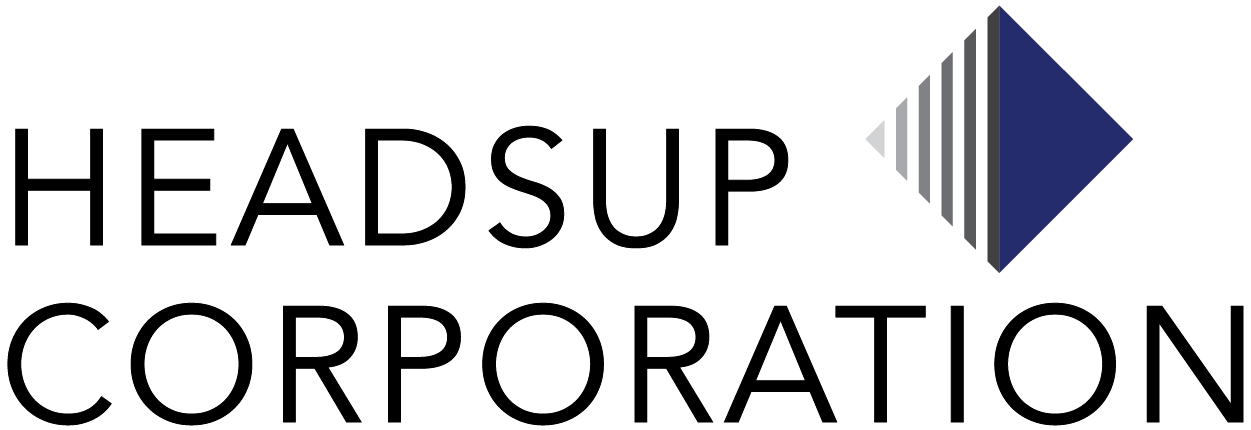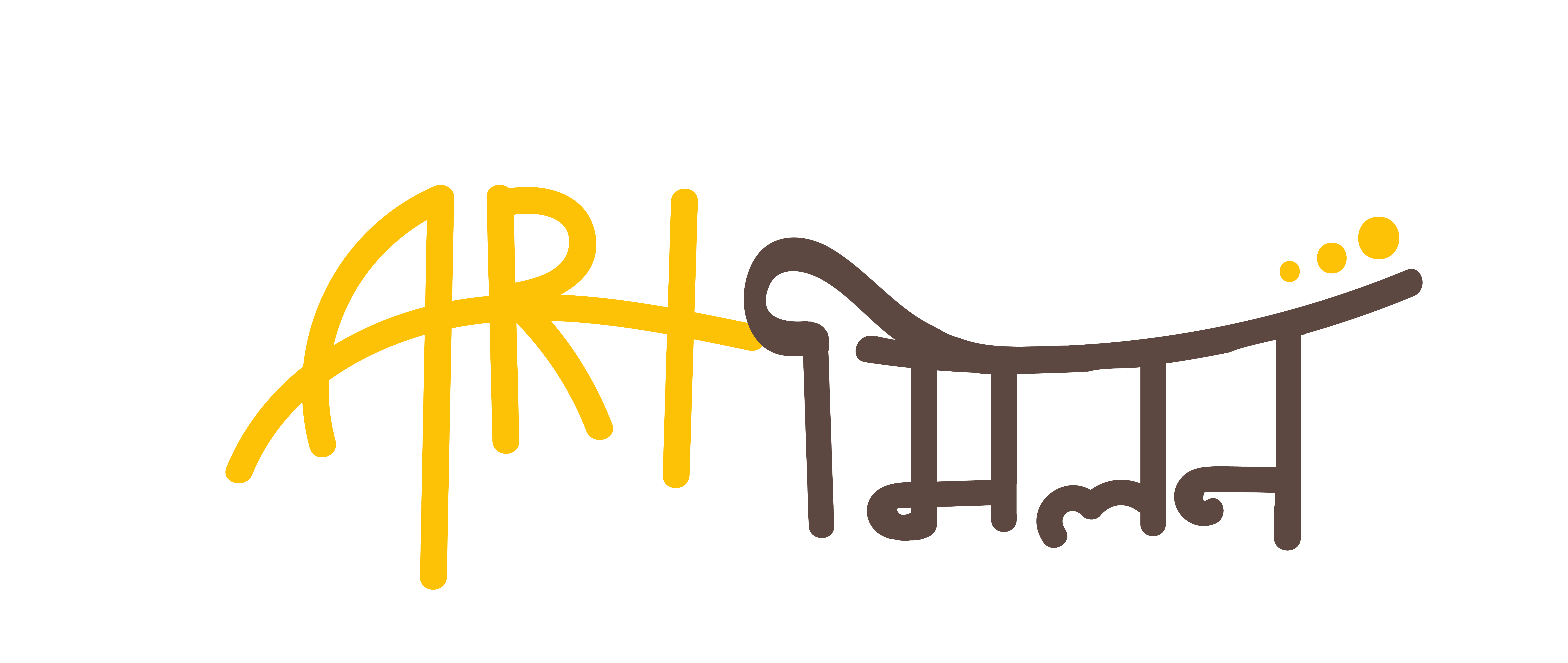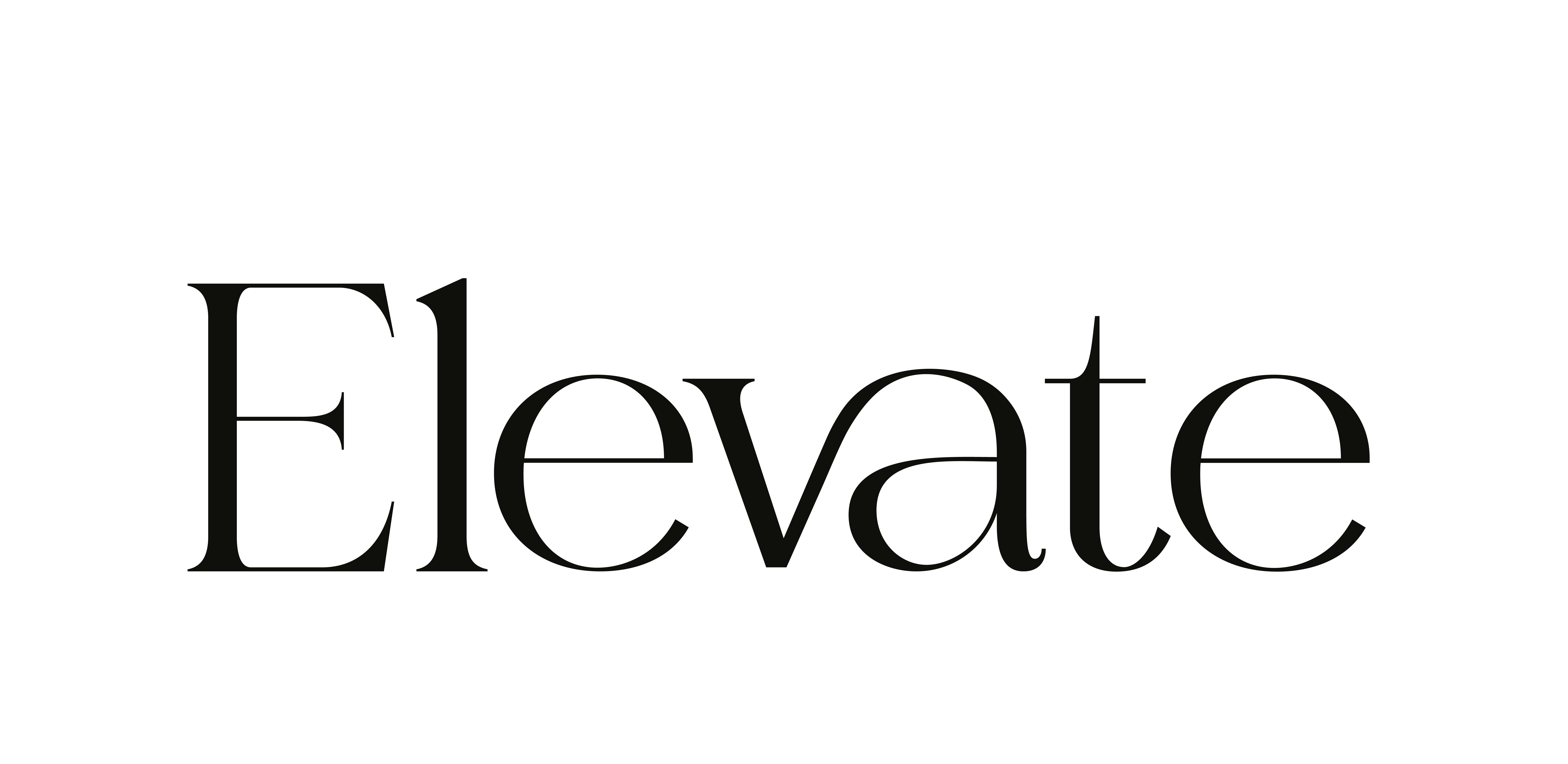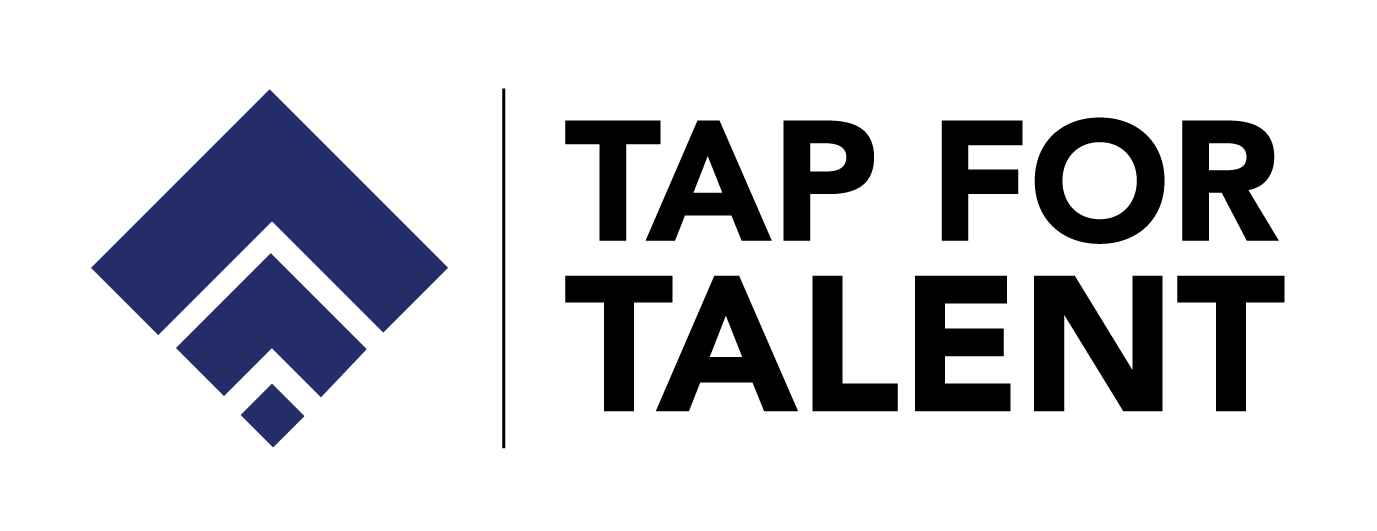“This can improve the quality of work in every department.” – A happy employee who absorbed nudge-based learning.
Nudge Theory is a Nobel Prize-winning concept by Richard Thaler. Thaler received the Prize in 2017 for his contributions to behavioral economics through this theory. Even though the nudge theory has primarily been used in government policymaking, we’ve borrowed its capabilities to leverage change in the way employees learn.
Nudges are an effective mechanism to bring behavioral change; without manipulating an employee’s discretion. They influence our decisions without depriving us of our freedom of choice.
Even with its escalating popularity in employee engagement, it is safe to ask – does nudge theory works in L&D training processes?
We say, yes!
Let us paint you a picture. Our client, an IoT tech company, had teams in Bihar, Orissa, New Delhi, Gurugram, and more. The dissemination presented a cultural difference and furthermore revealed problems in writing emails.
When their problem statement reached us, we began by analyzing the areas that needed training. We deliberated on the kind of training needs that needed attention, what exactly was the problem, who were our learners here, and how should the learning happen.
By tapping into their fabric of communication, we realized that knowledge could be circulated through WhatsApp (since our learners were well versed with it and often used the medium for formal conversations).
Having orchestrated the training needs analysis and the organization constraints, we moved on to design content for email writing. Here, we began introspecting on-
What should our content look like?
What will be the tonality so as to make sense to our learners?
How do we disperse this information?
It is the last question that lead us to develop our instructional strategy around the nudge-based theory. Here’s what we did – we compiled a mailing list of all current employees of our client and leveraged it to convey our nudges to them. We started to have conversations about email writing before we launched the learning effort so as to familiarize them with the concept at large.
When it came to implementation, we ran ‘email writing’ courses for a month. Having seen a gradual change, we moved on to other topics such as ‘zoom etiquettes’, ‘how to reach out to potential clients, and ‘how to talk to clients during a pitch’.
Each topic spanned across a month and each nudge was just 70 words long. These were initially distributed to the employees on a daily basis, but following a round of feedback, the frequency was reduced to three times per week.
After each series, employees were sent a video condensing everything in Hindi so they could get a better grasp of the subjects at hand. The goal was to maintain them as concise, straightforward, and adaptable as possible in response to feedback.
Having successfully executed bite-sized learning employing nudge theory, it was time to evaluate the training outcomes. Upon a feedback round conducted via google forms, it was concluded that –
- 80% of all employees were satisfied with the length, quality, and frequency of the nudge
- 100% of them were able to grasp the content entirely
Employees also said that nudges were easy and helped them retain information easily. This is a good time to reflect on the power of bite-sized learning.
According to research, digital lifestyles and quick communication technologies have resulted in a drop in general sustained attention. Bite-sized learning or microlearning adapts to these reduced attention spans. It converts large chunks of information into small, comprehensible, and consumable ones.
As you read above, we employed microlearning and nudge theory, and it worked! Nudging acts as a positive reinforcement to learning. Feeding information that compliments someone’s attention span is one of the most seamless ways to ensure that learning actually happens. If you are looking to boost learning at your workplace, look no further.








